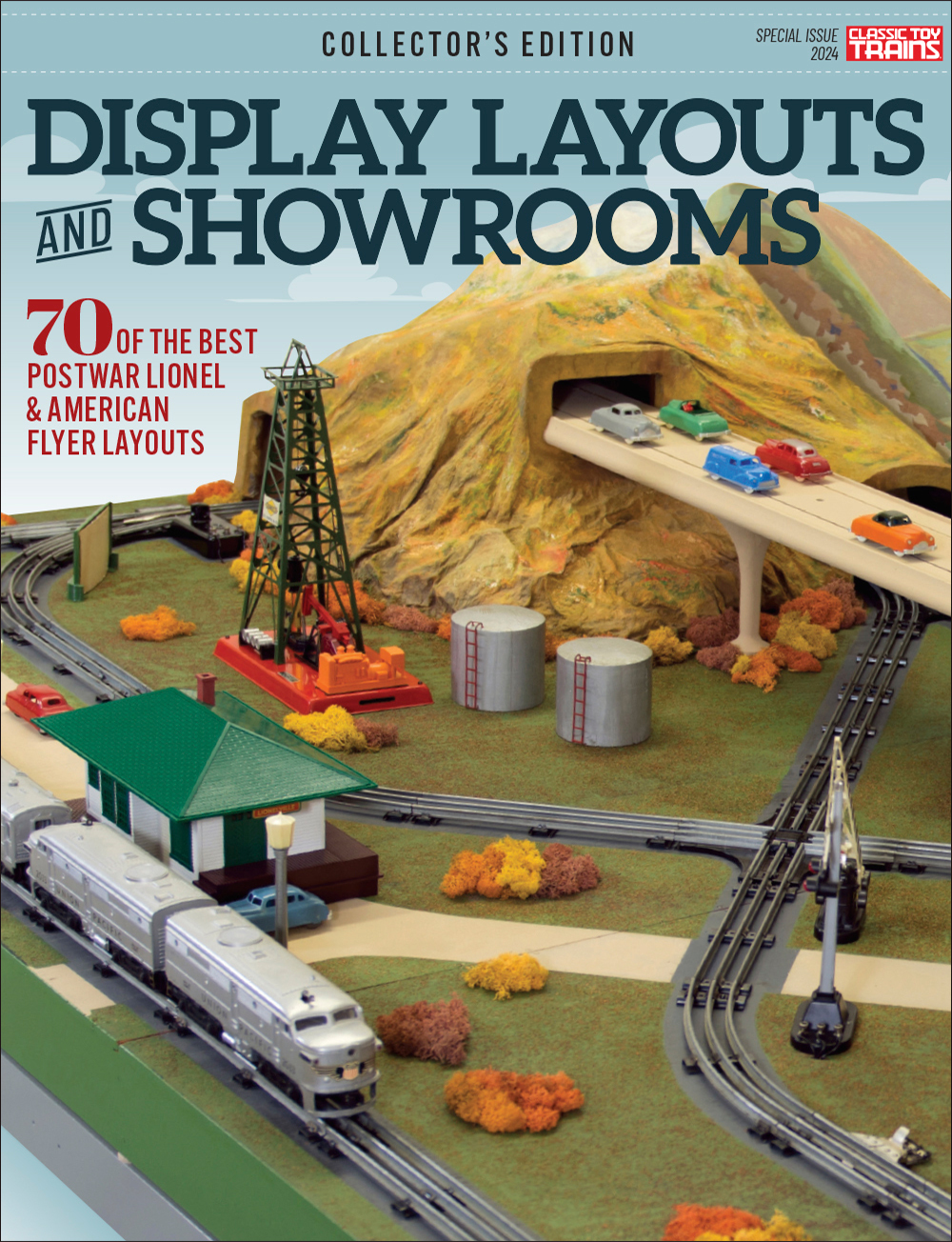
Display Layouts and Showrooms is the latest 100-page special or extra issue of Classic Toy Trains. The editors and artists responsible for the magazine are working overtime to make this unique publication the most informative and attractive it can be.
The question, “Want a sip?” usually causes another person to ask about the beverage in mind. But at Firecrown Media, this question generates conversation about an upcoming “SIP,” which is lingo in the publishing industry for a “special-interest publication!”
SIPs have a long and distinguished history here at CTT. By our count, Display Layouts and Showrooms is the 19th we have assembled over the past two decades. They have, as a rule, consisted of 100 pages of brand-new material with outstanding photographs and illustrations to inform and entertain readers about an important topic.
Longtime readers of CTT may recall that several of our special-interest publications focused on noteworthy parts of the history of the Lionel Corp., particularly trains and other items from the post-World War II decades. Other SIPs turned their attention to such nostalgic areas as electric trains at the Christmas season or toy trains and family life.
For Display Layouts and Showrooms, I returned to aspects of toy train history that have long fascinated me and inspired many hobbyists. I decided to look in depth at the operating model railroads retail accounts and dealers were able to buy from toy train manufacturers to put in store windows and on countertops to boost sales. I had spent several years tracking down photographs of and information about various O and S gauge displays made and marketed by Lionel and the A.C. Gilbert Co.
A related topic — one that also had interested me and spurred my research almost from the very day I started work at Classic Toy Trains in 1988 — involved the showrooms once maintained by Lionel and Gilbert to promote their product lines to the general public and members of the toy trade. I had investigated both their principal corporate headquarters and the regional offices the two dominant players in the field had opened in the pre-World War II era and expanded during the postwar years and into the 1960s.
Now, I concluded, the time had arrived when I ought to gather the facts and pictures I had picked up over the past three decades and use them to write highly detailed and nicely illustrated narratives. Never before had I looked in depth at Lionel’s office in Chicago or the renowned Gilbert Hall of Science in New York. I was eager to take the plunge and share what I had learned. Display Layouts and Showrooms was the perfect place.
What will you discover among the 15 or so articles included in Display Layouts and Showrooms? To start, there are terrific stories about collectors who have, through hard work and wonderful luck, managed to acquire original American Flyer or Lionel displays from the prewar and postwar periods. The tales behind those operating layouts and information about how they were salvaged and brought back to life are inspiring.
Also packed into Display Layouts and Showrooms are articles about displays still enveloped in mystery because adequate information about who designed and constructed them and what purpose they served has been lost over the generations. One of the finest of these operating model railroads was showcased in Lionel’s consumer catalog for 1940. Another was the superb S gauge layout illustrated in Flyer catalogs for 1946-49.
Equally as enjoyable and informative are the articles taking readers behind the scenes at Lionel’s sales office in San Francisco and its main showroom in New York City. Thanks to the discovery of rare photographs, we can get a good sense of what was in those key facilities and how it felt to work there and drop by for a visit. You’ll love what you see!
Maybe some of the most satisfying articles that I researched and wrote for Display Layouts and Showrooms made it possible to pay tribute to the individuals whose vision and artistry were responsible for memorable displays. Sad to say, the names of virtually all the people behind the operating exhibits and countertop items were lost over time or simply never recorded. They got their paychecks but failed to receive their recognition.
Therefore, I was thrilled to describe again the lasting achievements of Robert Sherman, William Vollheim, and Arthur Zirul, three great builders assisting Lionel through their work at an advertising agency in the late 1940s and 1950s. Reprinting full-color photos of some of their finest accomplishments proved to be a special treat. So also did honoring the legacy of display master Art Truman, a wizard based in postwar southern California.
I could go on and on about the outstanding contents bursting the seams of Display Layouts and Showrooms. However, to go back to my initial pun of choice, I vowed to provide you with only a sip! I do hope I have helped to whet your appetite for the latest and possibly the greatest of all the special-interest publications the editorial and art teams at CTT have put together to inform, inspire, and entertain all of you.
In fact, we invite you, after you’ve have time to read and digest Display Layouts and Showrooms, to please let us know what you think of the articles, photographs, and illustrations. You can share your thoughts by writing to roger.carp@firecrown.com.






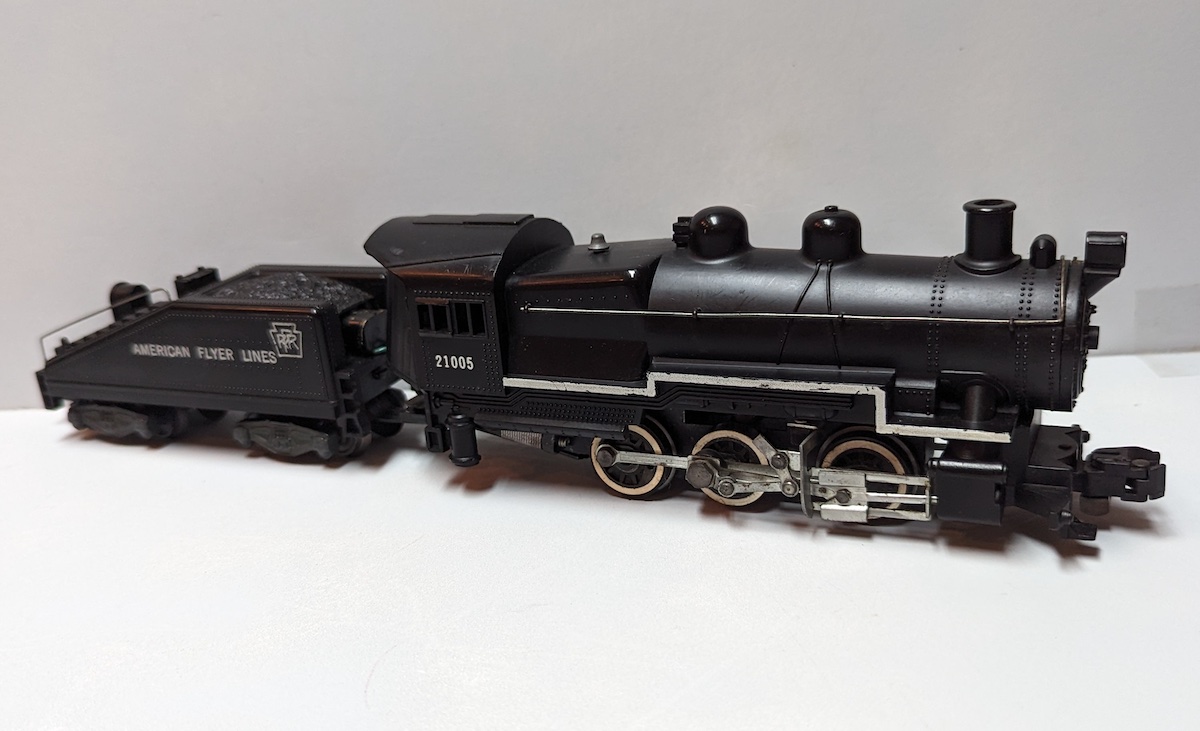
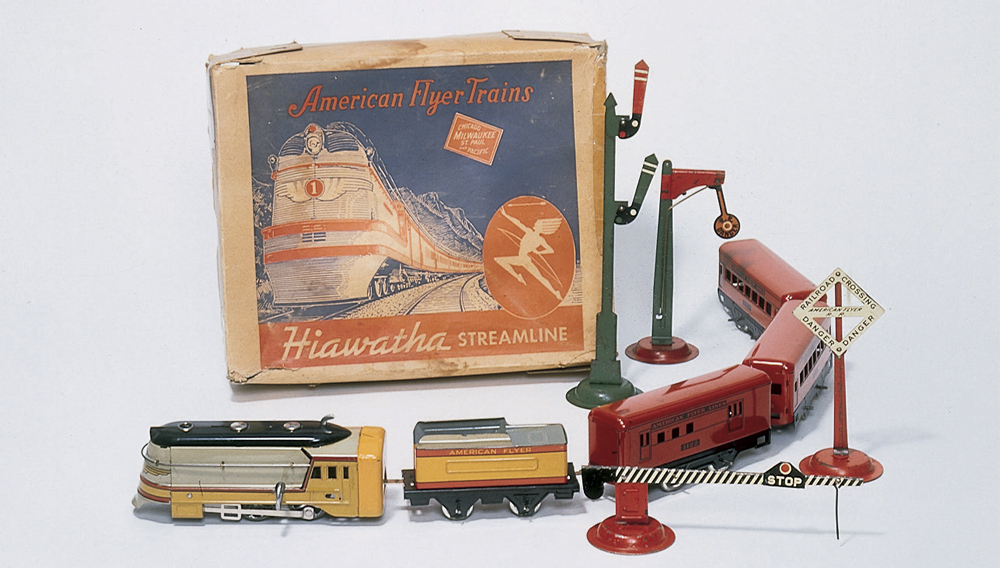
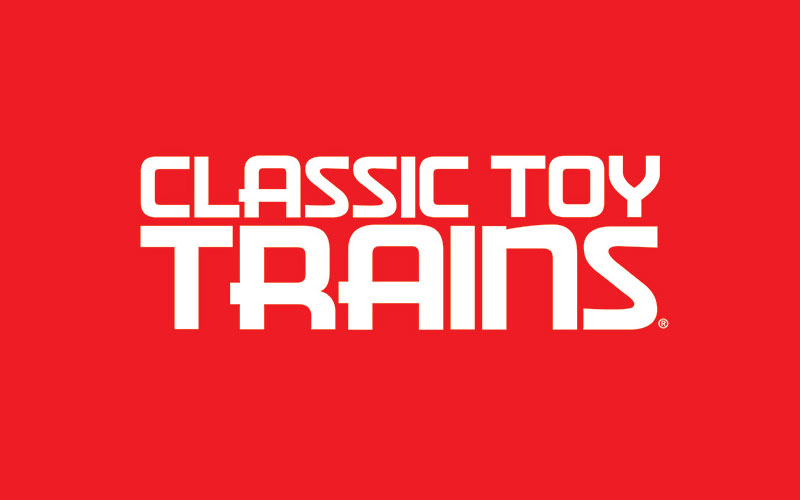
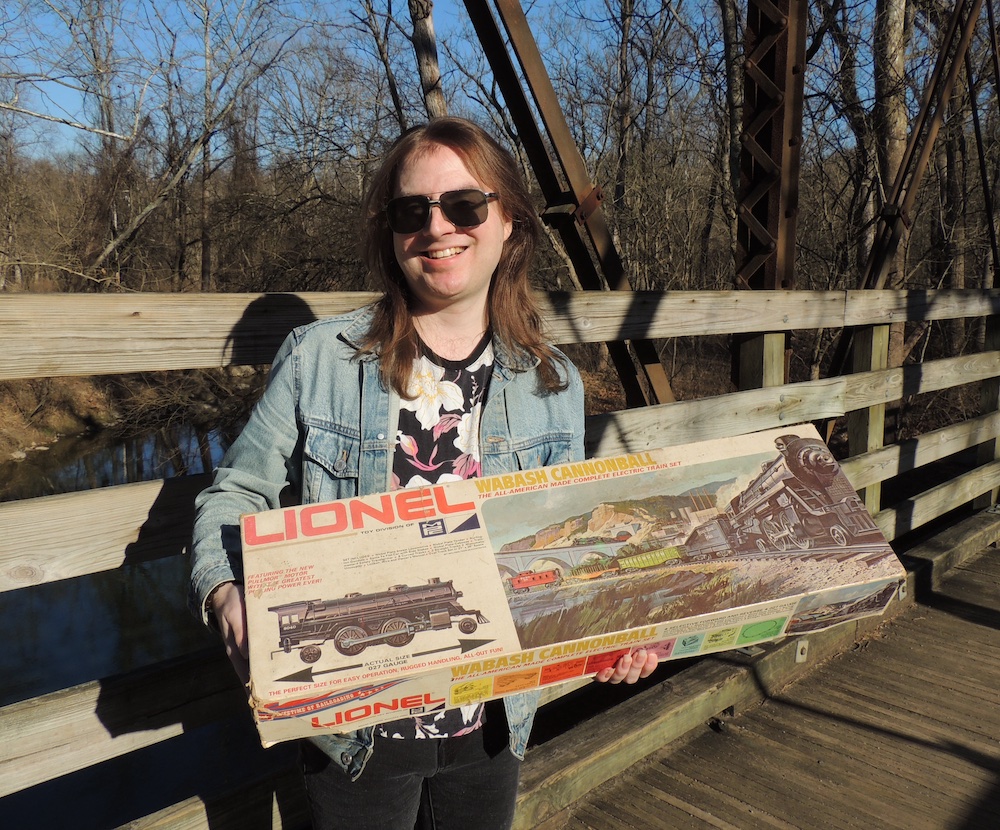




I’d be very interested in buying Display Layouts and Showrooms, but in the article, I did not see any information about how much it costs, when it will be available or even how to order it. It’s very difficult to buy it without this information.
Glenn A. Compton